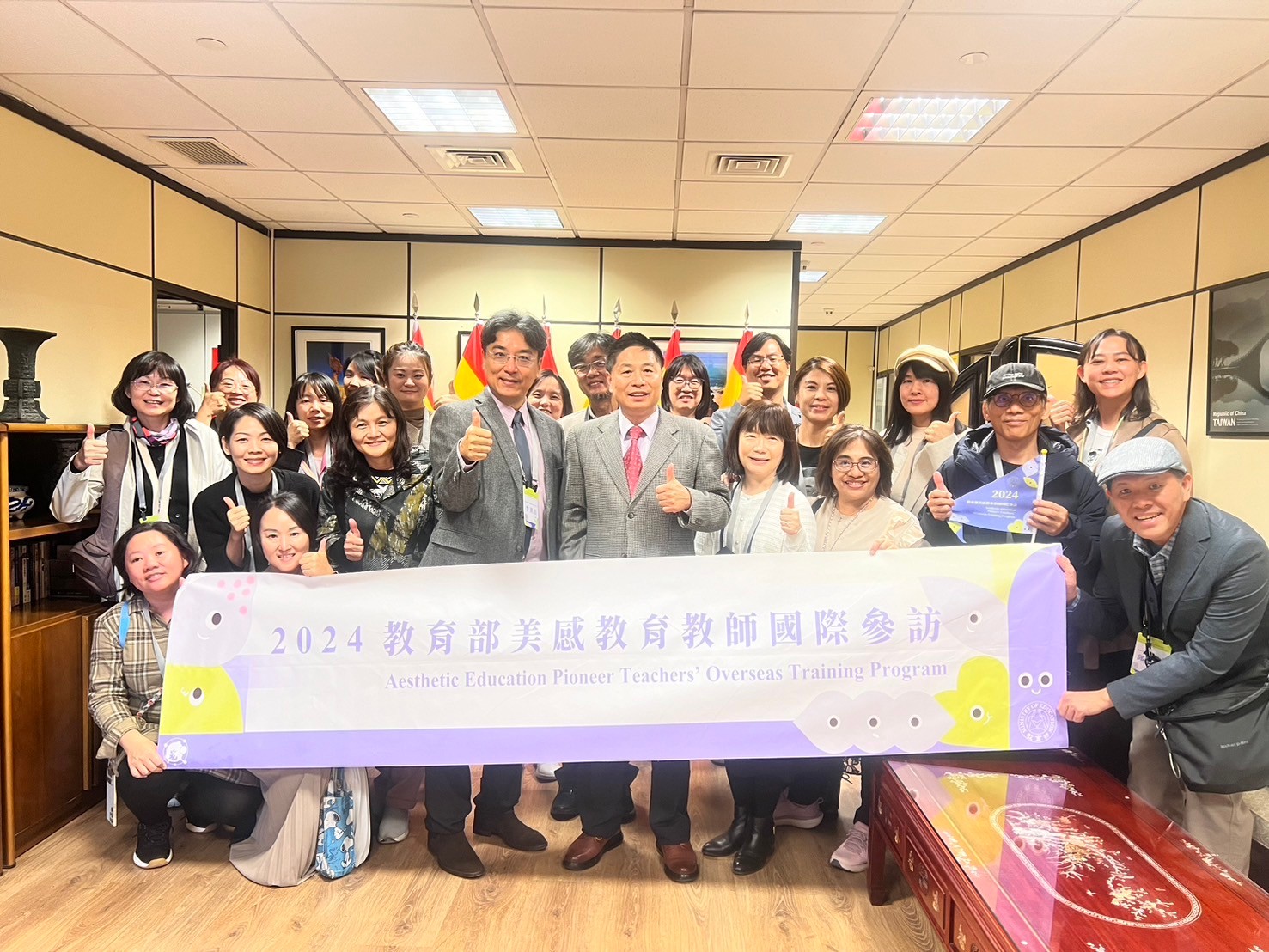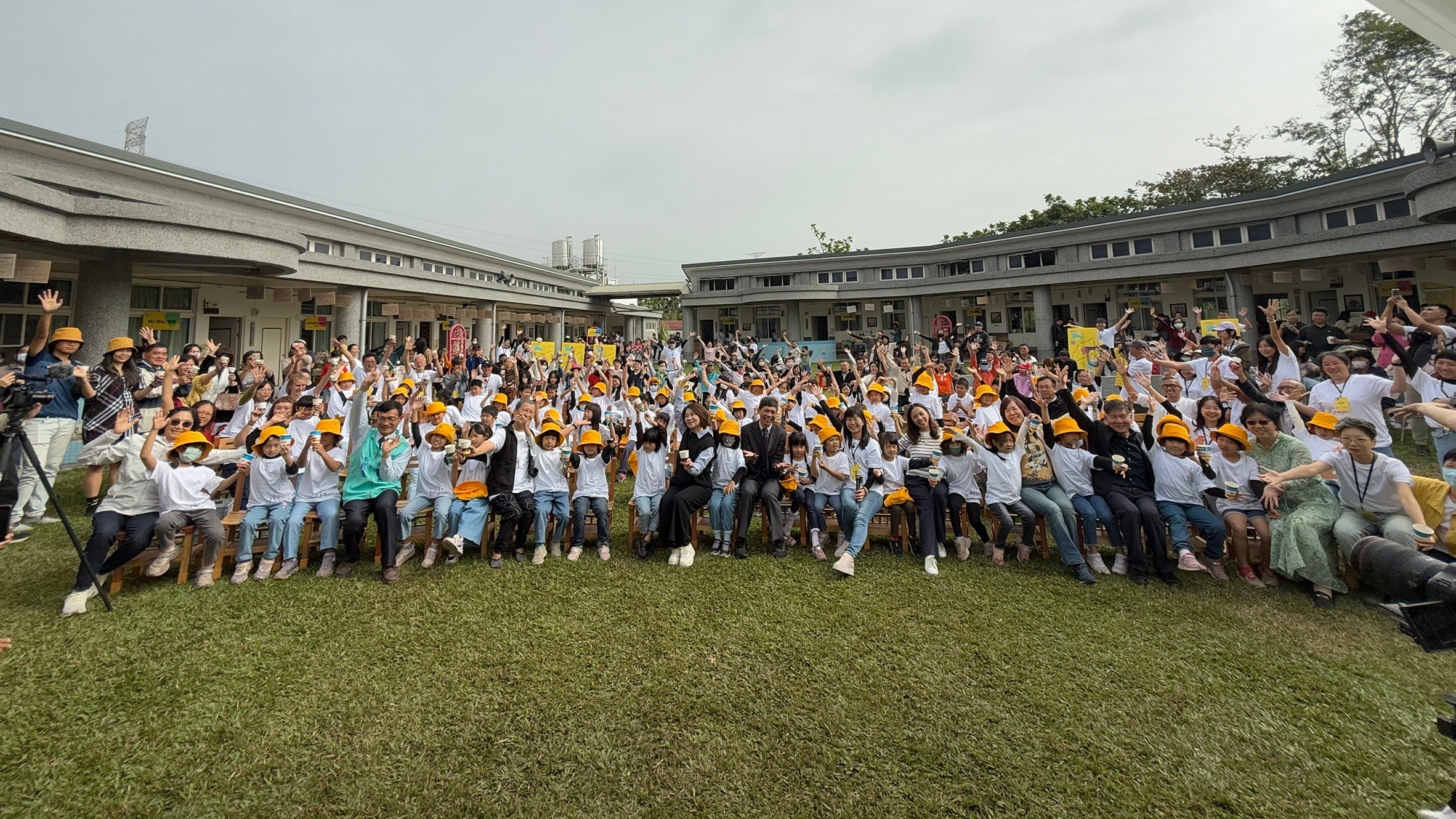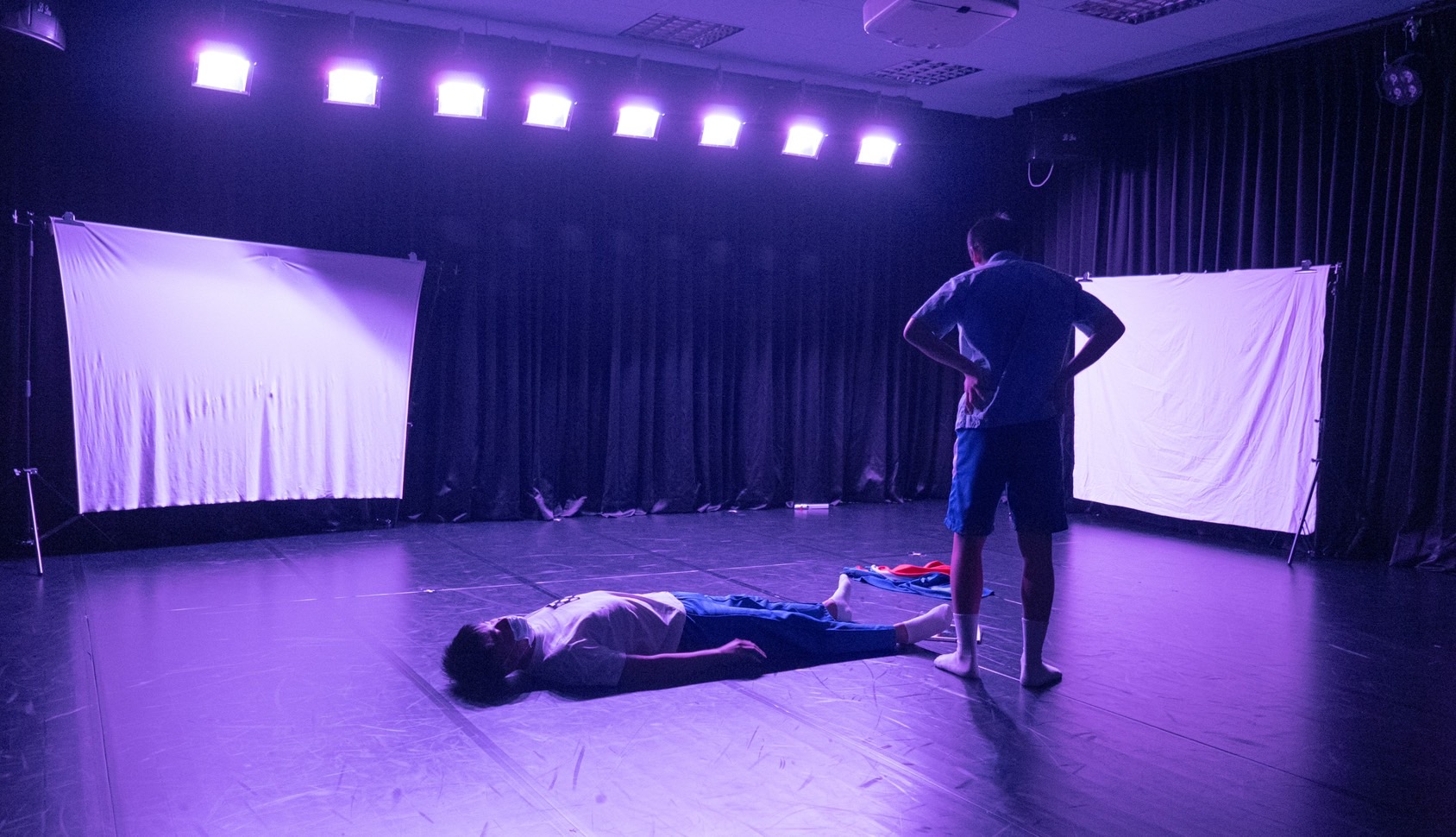Dancing and learning math at Dazhong Elementary School’s “Cross-disciplinary Aesthetics Course” is very different
Report source: United Daily News reporter Chen Mengru/Taoyuan Real Time Report
Report link:https://udn.com/news/story/7324/4250973
In order to let students' sense of beauty take root from an early age, the Ministry of Education promotes an beauty education plan. Dazhong Elementary School in Bade District, Taoyuan City implements a "cross-field beauty course" on symmetrical beauty on campus. The course combines music and mathematics and extends the curriculum from the mathematical symmetry unit. The music allows children to dance their bodies and go further to the campus to find symmetrical patterns. They are no longer rigidly sitting on desks and chairs to learn book knowledge. It allows students to explore knowledge from life and experience the beauty of life, which is more attractive to students for learning.
The Ministry of Education has promoted the aesthetic education plan since the 103 school year, investing a large amount of teacher manpower to develop new courses, focusing on subtle influence, exploration and experience in life, so that students can enhance their aesthetic judgment of their surroundings. Teachers from different subjects interact with each other. The combination creates a different course appearance. Dazhong Elementary School in Bade District, Taoyuan recently conducted a cross-field aesthetics course with the theme of "Symmetrical Beauty in Campus". It combined music, mathematics and other courses to allow children to understand that courses in various fields can influence each other and learn together.
The course first divides the children into groups of 5 or 6. The art teacher Qiu Yujun plays a piece of music, allowing the children's bodies to dance to the music, and gives instructions on what teams they need to make later, for example, there are high, medium and low arrangements. The team needs to be symmetrical, etc., and then let the children discuss in groups how to make movements that are interesting and can complete the instructions. When the music stops, the students need to make the movements and explain the idea behind arranging the team. Teachers will grade based on learning qualities, warm-up rhythms and theme creativity.
The last step is to group into the campus to look for "symmetrical patterns", such as buildings, bronze statues and other campus facilities. After the children have taken symmetrical photos, they return to the classroom to share them one by one, discuss them, and then rate the team photos. After the whole course, the children were very excited. Qiu Yujun said that combining music and mathematics and allowing children to use body rhythms to find symmetrical patterns on campus can attract students to focus on learning and discuss the beauty of life together.
Wu Youting, a fifth-year student who is taking a cross-field aesthetic course, said that the difference between this class and other classes is that in ordinary classes, the teacher teaches on the stage and they write notes in the audience, but in this class, whether it is for warming up or It is a process in which the group completes the task together. They can interact generously with classmates and discuss what actions to perform, which will lead to higher scores. Gao Shengran said that during the discussion with classmates, the tacit understanding between classmates can be enhanced, and then effective decisions can be made. The special moves are different from other groups. I really like this class.





